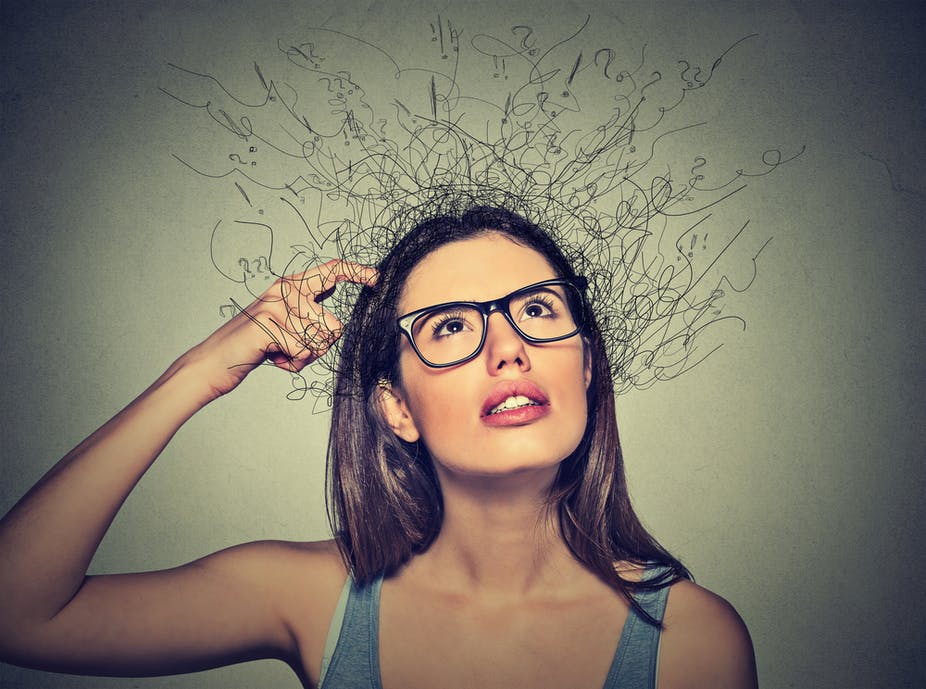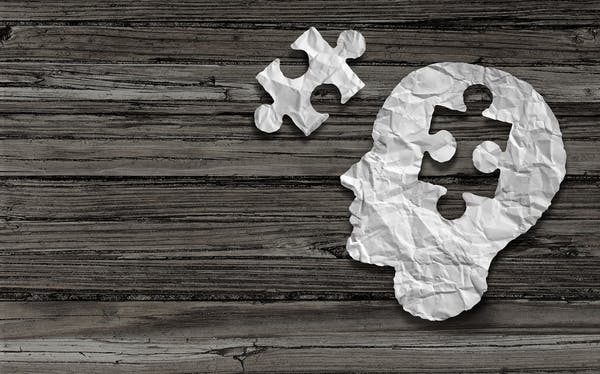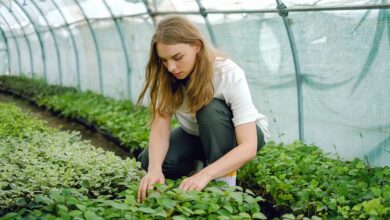How to Recognize True Reality Shifts and Mandela Effects

If you’ve heard about the Mandela Effect, you might be wondering how to tell when you’re face-to-face with a genuine Mandela Effect, and when you’re not, and the truth about how you can tell might surprise you!
The Mandela Effect demonstrates that facts and histories can change, and not everyone remembers things the same way. I’ve received emails from people writing, “I think I’ve experienced a Mandela Effect, but I’m not sure,” which indicates many people would like to know how we can tell when we’ve encountered a genuine Mandela Effect experience–or not.
There is understandably some confusion on this matter, mostly because open-minded skeptics and smug scoffers both at various times make the case that as French mathematician Pierre-Simon Laplace once wrote, “The weight of evidence for an extraordinary claim must be proportioned to its strangeness.” And it doesn’t seem too unreasonable to expect that we ought to be able to provide evidence for each proffered example of the Mandela Effect, if what we’re experiencing is real, right?
Ironically, one of the main reasons controversy exists about the Mandela Effect has to do with the fact that most any time physical evidence can be found of an instance suggesting parallel realities, at some point we will likely discover that this case of Mandela Effect was actually not the real deal.
So How Can We Tell the Difference?
My preferred explanation for all this is that we are observing quantum phenomena on the macroscopic scale, and there is no ‘von Neumann cut’ where we can start disregarding quantum effects. Quantum discontinuities can (and do) occur at every level. The way we are noticing these kinds of quantum jumps, reality shifts, alternate histories, and Mandela Effects is that we are finding examples where our memories do not match the official historical record of facts–the facts appear different than we remember, and there is a sense that things ‘have always been this way.’ Here is a simple three-step test you can use to discern whether something is the genuine Mandela Effect, or not:
1. The Only “Proof” is Our Memories

Just like Chief Seattle’s excellent advice for wilderness travelers to “take only memories, leave only footprints,” it seems travelers between parallel possible worlds are able to do only that. While evidence of different memories will likely be dissatisfactory to skeptics and unacceptable to scoffers, our memory actually is the only evidence people are able to find of Mandela Effect examples when they are the genuine article. While memories have gotten a bum rap for years as being unreliable, it’s worth considering that some of the reasons that memories have been noted for not corresponding to historically recorded facts just might be that the Mandela Effect has been happening since before the dawn of human recorded history–which is what I believe is actually true. Now, this is not to say that every time someone mis-remembers something or is confused as to what they remember we’re encountering a Mandela Effect–but it is to say that every one of those times actually might represent an example of the Mandela Effect in action.
2. Side-By-Side Physical Examples Don’t Occur

One of the identifying hallmarks of the Mandela Effect is that when our attention is riveted by a possible case of Mandela Effect, we will not find simultaneous physical proof showing other realities we might remember. For example, if we recall the song on Mister Rogers Neighborhood to include Mr. Rogers singing, “It’s a beautiful day in the neighborhood,” we will only now be able to find the lyrics being sung “the way it’s always been sung,” which at this time seems to be, “It’s a beautiful day in this neighborhood.” There will not be both versions of the song in existence, but rather just the one version–which is precisely why so many people are mystified by the change. When testing to see whether a possible example of the Mandela Effect is genuine, and we turn up a strong presence of side-by-side examples of, for example, a corporate logo in transition–then we acknowledge that this is not an example of the Mandela Effect.
3. We Might Notice Flip-Flops

While it is sometimes possible to physically witness evidence of more than one reality, such experiences will not occur concurrently, with evidence of both presenting at the same time. Genuine Mandela Effect examples of reality shifts (that are seemingly happening randomly) and quantum jumps (that might be associated with miraculous instant changes) can sometimes be experienced as “flip-flopping” back and forth between different possible realities. Some examples of this kind of thing that I’ve personally witnessed include: business hours changing back and forth between “always being open until 10pm” or “always being open until midnight; the rain gutters on my neighbor’s house always having had leaf guards, or never having had leaf guards; our elderly dog developing visible cataracts in both eyes or not having visible cataracts. These are just a few examples–and in each case, eventually, one of the possible realities was selected as “always having been true.” During these times of flip-flopping realities, we will not see side-by-side examples of concurrent physical realities existing simultaneously, but rather just one or another–even though we know we’ve seen the other realities.
Why Our Current Scientific Method Can’t Provide “Proof”
Our existing scientific method was founded on old assumptions that cannot function when dealing with the reality of quantum physics. When quantum mechanics first arrived on the scene around 1900, many scientists fervently hoped they would not need to deal with any revision to the way scientific studies are conducted. Quantum weirdness such as “spooky action at a distance,” quantum tunneling, quantum teleportation, a quantum superposition of states, and quantum coherence were all considered part of the weird, wonderful world of the realm of the very, very small, with nothing whatsoever to do with the ordinary human experience of the world. The built-in assumptions of the classical scientific method can’t stand up to quantum physics, yet they have remained largely unquestioned and unrevised now for over a hundred years.
Material realism’s first assumption of strong objectivity asserts there is an objective material universe “out there” that is independent of us. For example, we hope to understand chemistry by studying the interaction of chemicals, and physics by studying how physical bodies interact … yet we do not consider ourselves to be in any way entangled in what we are observing. We often imagine that we can be perfect voyeurs, having no appreciable impact whatsoever on the subjects of our study. The validity of this assumption becomes questionable when we see how inextricably connected the observer is to quantum physics experiments; the observer plays the decisive role in determining what is observed.
The second assumption of causal determinism is the familiar idea that once we understand the forces causing change in a given system, we can accurately predict the effect those causes will have. We would expect to be able to predict what would happen when we roll a marble towards a bunch of other marbles, if we knew where all the marbles were and the position and speed of the striking marble. As we will see in this chapter, quantum physics challenges our ability to understand all that we need in order to make such predictions, since the uncertainty principle does not allow us to know both an object’s velocity and position. We cannot accurately make predictions in the realm of quantum physics, other than having a sense of statistical probability for certain outcomes. Werner Heisenberg proposed in his uncertainty principle that quanta must be described as waves while they travel and particles when they are viewed, and Niels Bohr added that it’s impossible to specify the observed atom’s wave function separately from it’s observing electron. Chaos theory is another challenge to causal determinism, as the universe appears to behave unpredictably at its very core.
The third assumption of locality in material realism is the concept that objects exist independently and separately from one another. We study each experimental subject with the assumption that it is separate from other objects so we can conduct different experiments in different conditions and believe that we are studying an isolated, independent subject. At odds with this assumption is the observation of some twin quantum particles that have shown separated objects can and do remain in synchronization with each other across time and space … continuing to correlate their angles of spin with each other. This was first considered in the “Einstein-Podolsky- Rosen paradox,” later verified in the laboratory, and mathematically demonstrated by Bell’s theorem.
Assumptions of material or physical monism and epiphenomenalism assert that subjective mental phenomena are simply epiphenomena of matter. In other words, the material world is the primary mover and shaker, and things we think we observe through our minds are irrelevant, “immaterial” inconsequential side effects. Quantum physics shows us the weakness of these assumptions when we consider how observers who take quantum measurements collapse quantum waves at the moment they make that observation.
Now that we know that the assumptions forming the basis for material realism are so shaken by findings of quantum physics experiments, it’s time to start refining and revising the above assumptions of material realism into assumptions that include mind along with matter, and that better agree with the findings of quantum physics.
Gotta Catch ’em All!
At this time when one of the more popular games is Pokemon Go, with people streaming into parks, cell phones in hand, hoping to see and capture Pokemon “pocket monsters,” people are playing a real-life game of finding possible samples of the Mandela Effect all around. Corporate logos often come up as possible Mandela Effect examples, providing excellent test cases by which to see if they pass the Mandela Effect Test.




